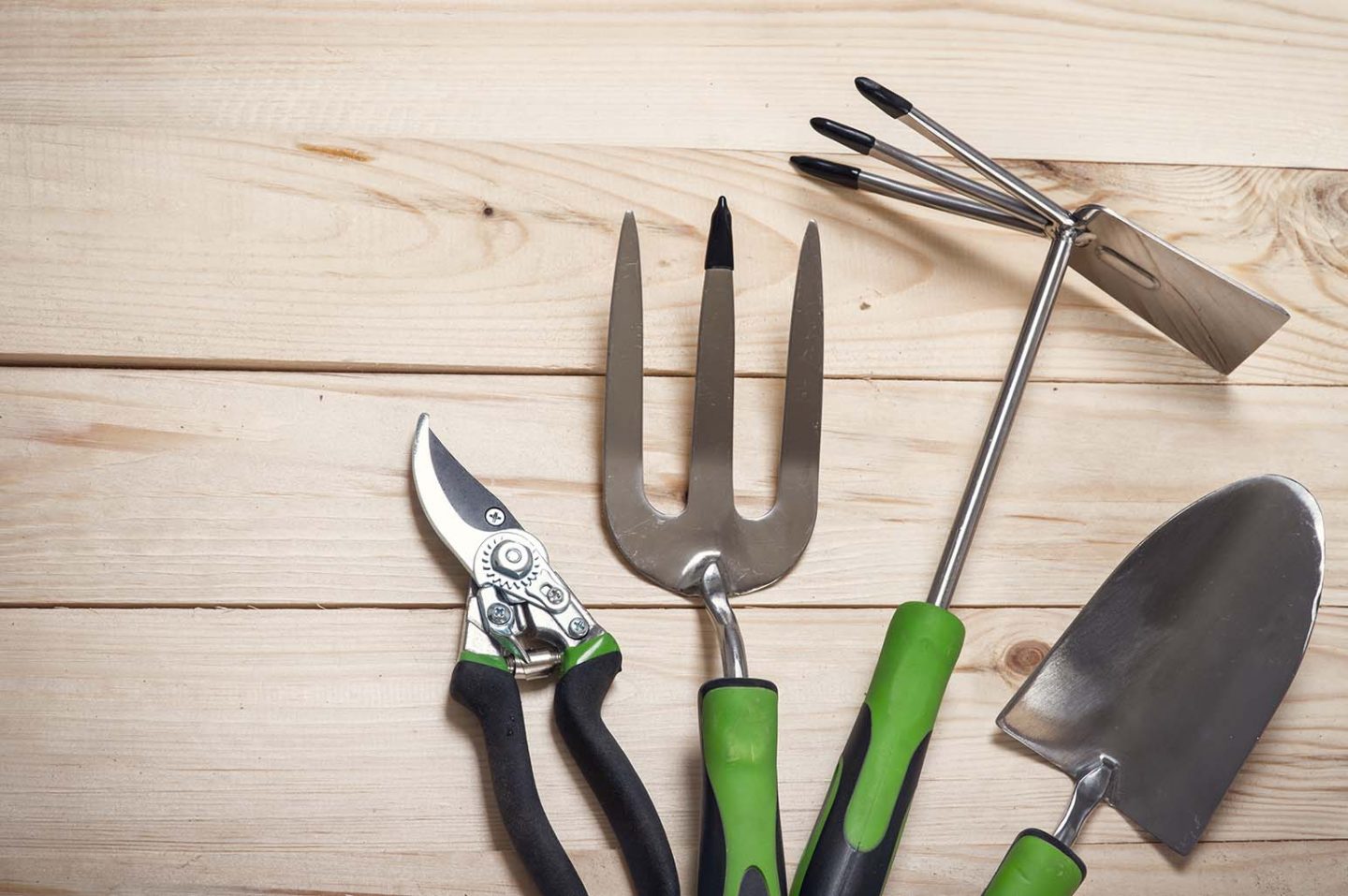As the winter chill sets in outside, it’s too easy to retreat inside for the long cold months. Although much of the garden hibernate until spring, there’s still plenty of color and life to be had. With a bit of planning and consulting the hardiness zone chart, you can continue to enjoy your outside spaces all year round, not just in the warmer months.

Winter Crops
While most crops require warmer weather to grow, there are crops that you can grow into the winter. Depending on where you live, you may need a greenhouse, but don’t let that stop you enjoy fresh vegetables late in the year. Brassicas, such as cabbage and broccoli, grow well in cold weather, as do carrots and leeks. Your winter soups and stews will taste extra delicious with fresh out-of-the-ground produce.
Getting your veg patch ready for spring will also keep you in the garden in the wintery months. You can choose to pre-seed the ground directly with the vegetables you want growing in spring. Pre-seeding is a good option if you live in an area where the earth is consistently frozen for months. If you live in an area with a freeze-thaw cycle, planting seeds in the greenhouse or cold frame in later winter is a better option.
Winter Flowers
Winter gardening isn’t just about vegetables, though; your garden can continue to be attractive with the inclusion of winter flowering plants. By planning your planting in late summer, you’ll be able to enjoy color throughout the winter season. Crocuses and cyclamens are the first of the bulbs to appear in late winter, followed by snowdrops and daffodils heading into spring. Hardy flowering plants include hellebores and winter aconite; both bring forth a surprising mass of flowers through the snow.
Decorative Shrubs
You won’t just find flowers on low-lying plants, though, as many shrubs will bring color to your winter garden. With its glossy spiked leaves and bright red berries that attract birds to the garden, Holly is a classic part of the early winter Christmas scene. For a different take on the holly bush, try the stunning Winterberry bush is a deciduous holly bush. Having dropped its leaves in autumn, you are left with bare branches covered in dramatic red berries.
For a pop of yellow, the winter-flowering witch hazel puts out flowers on its bare branches in late winter, early spring. Alternatively, the winter jasmine is a medium-sized climbing shrub with delicate yellow flowers in the coldest months. However, unlike its highly scented summer sibling, these flowers are just for looks as they are unscented.
Wildlife
While plenty of animals migrate or hibernate through the darkest months, there are still many visiting. Making your winter garden welcoming to these hardy animals will bring an added dimension of enjoyment for you. Feeders are a welcome relief to the local bird populations and bring much entertainment if placed near a discrete window. Be aware of other animals who will be attracted to the feeders, such as squirrels.
Sometimes winter wildlife can work against your hard work in the garden, such as deer eating your crops. So, don’t be afraid to protect areas where animals will cause damage. A high tunnel is an effective way to keep animals off your delicate crops, and compared to traditional greenhouses are more cost-effective. For smaller gardens, where deer aren’t likely to be an issue but rabbits are, you’ll get away with fencing the area off, though be sure to bury the fence so they can’t burrow under the fence.
Spring Clean
Winter is an excellent time to “spring clean” the garden after the active growing period. Once the birds have stopped nesting and the baby birds have all fledged, it is an excellent time to trim back any shrubs and trees that require pruning. Doing this will encourage new growth in the spring and remove any dead wood before winter storms cause damage. Fallen leaves can be raked for use as mulch or compost, leaving paths and lawns clear of slip hazards.
Tidying the garden in early winter will allow you to relax and enjoy it as spring returns. No doubt there will still be some work to do as winter fades, but it’ll be a lot less than if you’ve abandoned the garden at the first frost. You’ll also be more inclined to continue to enjoy nature right at your doorstep if it’s kept in good order through winter.
